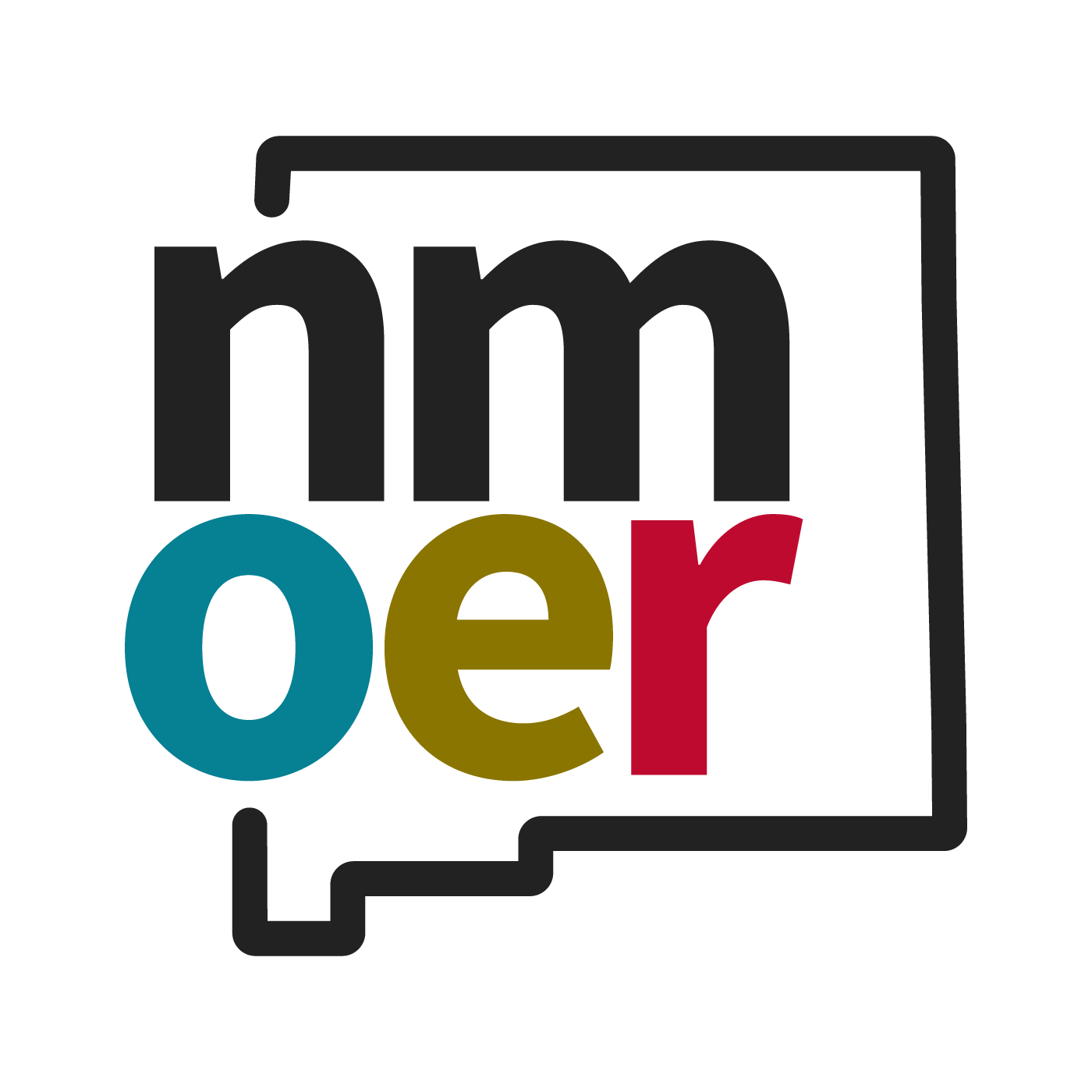Chapter 11: Building Better Communication Skills
Chapter Learning Objectives
- 11.1 Identify the key components of effective communication, including verbal, nonverbal, and written communication styles. (SLO 1, 2)
- 11.2 Apply active listening techniques and assertive speaking strategies to improve clarity and mutual understanding in professional interactions. (SLO 1, 2)
- 11.3 Analyze common barriers to communication the workplace and examine how they affect collaboration and productivity. (SLO 1, 2)

Effective communication is the cornerstone of professional success, encompassing much more than spoken words. It involves interpreting body language, mastering active listening, and engaging in conversations that are both polite and impactful.
Strong communication fosters collaboration, resolves misunderstandings, and builds trust within teams and across professional relationships. In this chapter, we delve into the critical role of body language and non- verbal cues, explore the significance of active listening, and provide actionable strategies for crafting polite and engaging conversations.
The Role of Body Language and Non-Verbal Cues
Non-verbal communication often conveys more meaning than spoken words, shaping how messages are perceived and received. Body language, facial expressions, gestures, and other non-verbal cues significantly influence interactions, either reinforcing or undermining verbal communication.
Body language is a powerful tool for expressing confidence, engagement, and sincerity. Positive body language, such as maintaining an open posture, leaning slightly forward during discussions, and using purposeful gestures, signals attentiveness and interest. Conversely, crossing arms, fidgeting, or avoiding eye contact can convey disinterest or discomfort, even if unintended.
Facial expressions are among the most visible non-verbal cues, conveying emotions like happiness, surprise, or frustration. A genuine smile, for example, projects warmth and approachability, while raised eyebrows might signal curiosity or disbelief. Maintaining a neutral but approachable expression during professional interactions helps create a welcoming atmosphere.
Direct eye contact demonstrates confidence and attentiveness but should be balanced to avoid making the other person uncomfortable. The cultural context also matters—while prolonged eye contact is valued in some cultures as a sign of honesty, it may be seen as intrusive in others.
Purposeful hand gestures can reinforce key points during discussions, making your communication more engaging. However, excessive or erratic movements can distract from your message. Subtle, deliberate gestures aligned with your tone and content are most effective.
Matching Non-Verbal Cues to Verbal Messages: Consistency between verbal and non-verbal communication is crucial. For example, saying, “I’m excited to work on this project” with a disengaged tone or slouched posture sends mixed signals. Aligning words with corresponding non-verbal cues enhances credibility and trustworthiness.

The Importance of Listening
Listening is often regarded as the most critical yet underdeveloped aspect of communication. Active listening goes beyond merely hearing words; it requires understanding the speaker’s message, emotions, and intent.
Active listening involves fully engaging with the speaker, demonstrating focus and comprehension. It requires maintaining eye contact, nodding occasionally to show understanding, and responding thoughtfully. Passive listening, on the other hand, occurs when the listener is physically present but mentally disengaged, often leading to misunderstandings.
Strategies for Polite and Engaging Conversations
Engaging in professional conversations requires more than just exchanging information. Polite and effective communication fosters meaningful connections, resolves conflicts, and encourages collaboration.
Click on the following headings to read more about fostering meaningful connections:
Start with a positive tone
Beginning a conversation with a friendly greeting or warm acknowledgment sets a constructive tone. For example, starting a meeting with, “Thank you for taking the time to meet with me today,” creates a welcoming atmosphere.
Be mindful of word choice
Politeness in conversation is often about how something is said rather than what is said. Using phrases like “I understand your perspective,” or “May I suggest an alternative approach?” softens disagreements while maintaining professionalism.
Encourage dialogue
An engaging conversation involves equal participation. Ask open-ended questions like, “What are your thoughts on this strategy?” to invite input and demonstrate interest in others’ perspectives.
Practice empathy
Empathy involves recognizing and validating the emotions of others. For instance, if a colleague expresses frustration, responding with, “I can see why that would be frustrating. Let’s figure out a solution together,” shows understanding and a willingness to collaborate.
Handle disagreements gracefully
Disagreements are inevitable in professional settings but handling them respectfully strengthens relationships. Focus on the issue rather than the individual, and use phrases like, “I see where you’re coming from, but I have a different perspective. Let’s explore both options.”
Conclude conversations effectively
Ending a conversation on a positive note leaves a lasting impression. Summarize key points, express appreciation, and outline next steps if necessary. For example, “I appreciate your insights on this. I’ll follow up with a draft proposal by Friday.”
Conclusion
Building better communication skills is an ongoing journey that requires attention to body language, active listening, and the art of engaging conversations. These skills go beyond mere technical proficiency, enhancing your ability to connect with others, resolve conflicts, and foster meaningful relationships in professional settings.
By mastering these strategies and applying them consistently, you can elevate your communication, strengthen workplace interactions, and leave a lasting impact on colleagues, clients, and collaborators.
How to cite this chapter:
Hamby, C., McNack, L. and Wooldridge, T. (2025). Chapter 11: Building Better Communication Skills. In Pouska, B. (Ed.), Business Professionalism. New Mexico Open Educational Resources Consortium Pressbooks. https://nmoer.pressbooks.pub/businessprofessionalism/
Licenses and Attributions
Original chapter source: Adapted from Navigating the Professional World: A Guide to Business Etiquette by Courtney Hamby, Leshay McNack, and Tena Wooldridge.

